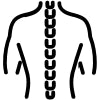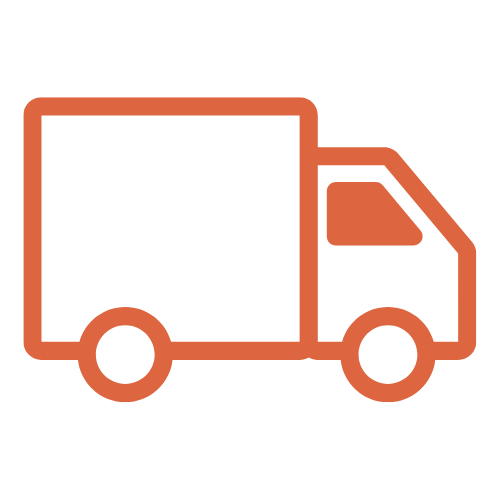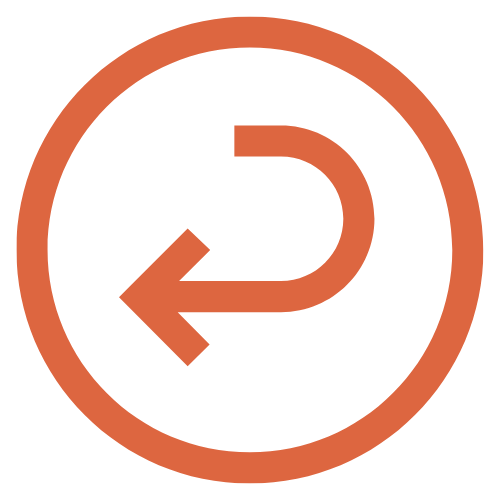Does your child have trouble concentrating? Do they seem to be constantly in motion? Recognizing signs of ADHD in your child may seem complicated at first, but it is critical to being able to understand and respond to their needs.
Learning the 20 common signs of ADHD in children will help you identify an attention deficit, with or without hyperactivity, in your child.

What is ADHD?
Attention Deficit Hyperactivity Disorder, or ADHD, is a neurodevelopmental condition that affects concentration, impulse control, and sometimes hyperactivity. It manifests differently in different people and may significantly impact daily life.
The Different Types of ADHD
There are three main types of ADHD:
- Inattentive Type: People with this kind of ADHD typically have difficulty concentrating, staying organized, and finishing tasks.
- Hyperactive Type: This kind of ADHD manifests as constant moving and fidgeting, frequently interrupting others, and impulsive decision-making.
- Combined: People with this type of ADHD have symptoms of both of the other two types: mainly hyperactivity, trouble paying attention, and impulsiveness.
ADHD in Adults vs. Children
ADHD usually manifests differently in children than it does in adults.
Children tend to suffer from difficulties with staying focused, strong impulsiveness, and a near constant need to be in movement, which can lead to problems in school or with social interactions.
Adults with ADHD are more likely to suffer from forgetfulness, problems with time management, impulsiveness in personal and professional relationships, and frequent feelings of frustration that can worsen mental health problems like anxiety and depression.
These differences in how ADHD presents across age groups highlight how important it is to to adapt the diagnostic process to the person’s stage of life.
How is ADHD diagnosed?
Diagnosis
Diagnosing ADHD requires screening by a psychiatrist, psychologist, pediatrician, or other specialist. The evaluation has several steps:
- A medical exam to determine the presence and intensity of key symptoms like inattention, hyperactivity, and impulsiveness
- Gathering information on the patient’s medical, family, and academic history to identify hereditary and other influential factors
- Conducting interviews (with relatives, teachers, and other people that know you or your child child well) concerning the patient’s behavior across home, school, and other contexts, which helps the doctor evaluate how ADHD symptoms affect the patient’s daily life.
This multi-pronged approach ensures that the patient receives treatment tailored to their specific situation and needs.
The Role of Healthcare Professionals
Healthcare professionals are able to provide tailored treatment and advice. Some common approaches include personalizing education strategies, adapting the academic or professional environment, and prescribing behavioral or medical therapies. Healthcare professionals work in partnership with families, teachers, and other important figures in the ADHD patient’s life to create a supportive environment that allows them to thrive.
20 Common Signs of ADHD in Children

Trouble Concentrating
A child with ADHD will often have trouble focusing on a single task or activity, even if it doesn’t take long. This inattention can negatively impact their academic performance and daily interactions.
Distraction
Distractions—whether external ones, like a sudden noise, or internal ones, like a specific thought—arise frequently and make it challenging for people with ADHD to concentrate on the task at hand.
Forgetfulness
Children with ADHD have a tendency to forget even daily responsibilities and personal objects, like their homework or backpack.
Difficulty Following Instructions
Children with ADHD often have a lot of difficulty with understanding and following instructions, especially when they are given several at once.
Switching Tasks Without Finishing
These children tend to abandon a task they’re in the middle of to start another one.
Lack of Organization
Their lack of organization can lead to cluttered desks, messy homework, and trouble sticking to deadlines.
Impulsiveness
Impulsiveness can manifest as either behaviors or words—in either case, the child speaks or acts without considering the consequences.
Trouble Taking Turns
Whether in the classroom or at recess, waiting for one’s turn can be a source of great frustration for children with ADHD.
Fidgeting
Children with ADHD are constantly moving—tapping their feet, swinging on a chair, or playing with objects.
Difficulty Playing Calmly
Children with ADHD prefer fast and loud activities, so more tranquil ways of playing, like card games, can be a challenge for them.
Excessive Talking
Another sign of ADHD is a tendency to talk a lot, even in situations where silence is required—like during class.
Taking Risks Without Reflection
Children with ADHD are much more inclined to take risks—and sometimes dangerous ones—without evaluating the potential consequences.
Intense Emotional Reactions
These children sometimes have disproportionate reactions to minor problems due to a heightened emotional intensity.
Difficulty Managing Frustration
When things don’t go as expected, they can have trouble staying calm and patient.
Easily Bored
Children with ADHD quickly become bored with repetitive and monotonous tasks, preferring to seek out new sources of stimulation.
Sleep Problems
Children with ADHD often have trouble falling asleep or staying asleep, which can affect their mood and energy levels.
Sensitivity to Sound and Light
Children with ADHD are particularly sensitive to their environments and can react strongly to loud noises and bright lights.
Difficulty Making or Keeping Friends
These children’s impulsiveness and trouble with regulating their emotions can complicate their social relationships.
Avoiding Hard Tasks
When a task seems demanding or requires a lot of effort, the child will tend to procrastinate or avoid it.
Low Self-Esteem
Trying to live up to others’ expectations—but encountering frequent obstacles to doing so—can lead the child to develop a negative self-image.
FAQ : Signs of ADHD in Children
At What Age Can ADHD be Diagnosed?
Many doctors evaluate children for ADHD once they’ve reached four years old. At this age, behavioral differences, especially in social and academic spaces, become more evident.
How Do I Know if My Child Has ADHD or If They’re Simply Gifted?
Gifted children share certain traits with children that have ADHD, particularly trouble paying attention and frequent fidgeting. A neuropsychological exam performed by a specialist can help differentiate the two.
How Do I Know If My Child Has ADHD?
If you notice that your child frequently demonstrates many of the behaviors listed above, you should consult a healthcare professional.
What Are the Three Types of ADHD?
The three types of ADHD are inattentive, hyperactive, and combined.
How Does a Child with ADHD Typically Behave?
Children with ADHD are constantly moving, have trouble concentrating, and tend to act impulsively.
Does ADHD Worsen with Age?
No, but symptoms can evolve and manifest differently as the child ages.
What Are the Signs of ADHD in Children?
The most common signs are trouble focusing, a high level of impulsiveness, hyperactivity, and social and/or academic challenges.











